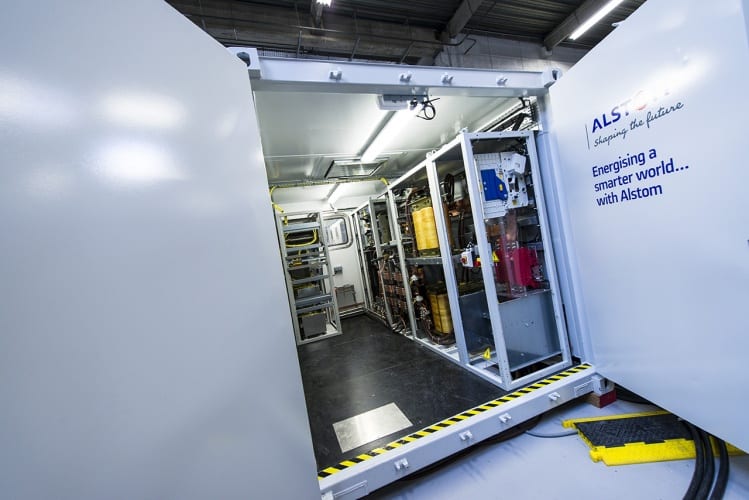Energy storage is sometimes called the missing link in the electricity system. Seen as an essential technology to cope with the intermittency of renewables — storing the energy generated at times of low demand, and releasing it to the grid if generation can’t happen at peak demand — it also has utility to back up coal-fired generation, which is inefficient on start-up, and as a back-up for isolated communities which are vulnerable in extreme weather.

We have experts lined up to answer your questions on the technologies available and under development for grid-level energy storage; where and how it should be deployed; and how it should fit in with the operation of the grid as a whole. Please get your questions to us by 5pm on Wednesday 21st February.





Glasgow trial explores AR cues for autonomous road safety
They've ploughed into a few vulnerable road users in the past. Making that less likely will make it spectacularly easy to stop the traffic for...